The eyes are one of the focal points that attract attention in portrait painting.
Many beginners, when drawing eyes, tend to draw them directly as “round almonds,” but ignore eyelid thickness, corner transitions, and light–shadow changes, resulting in less variation and less three-dimensionality.
To draw lively eyes, it is recommended to first understand their structural layers.
The position and proportion of the eyes on the face
Five-eye proportion::
The front view of the face can roughly be divided into five equal parts, with each eye occupying one part, and the distance between the two eyes being about one eye width.
Relationship with other facial parts::
The eyes are located slightly above the central horizontal line of the head; the brow ridge provides the upper skeletal support, and the cheekbones form the three-dimensional turn below.
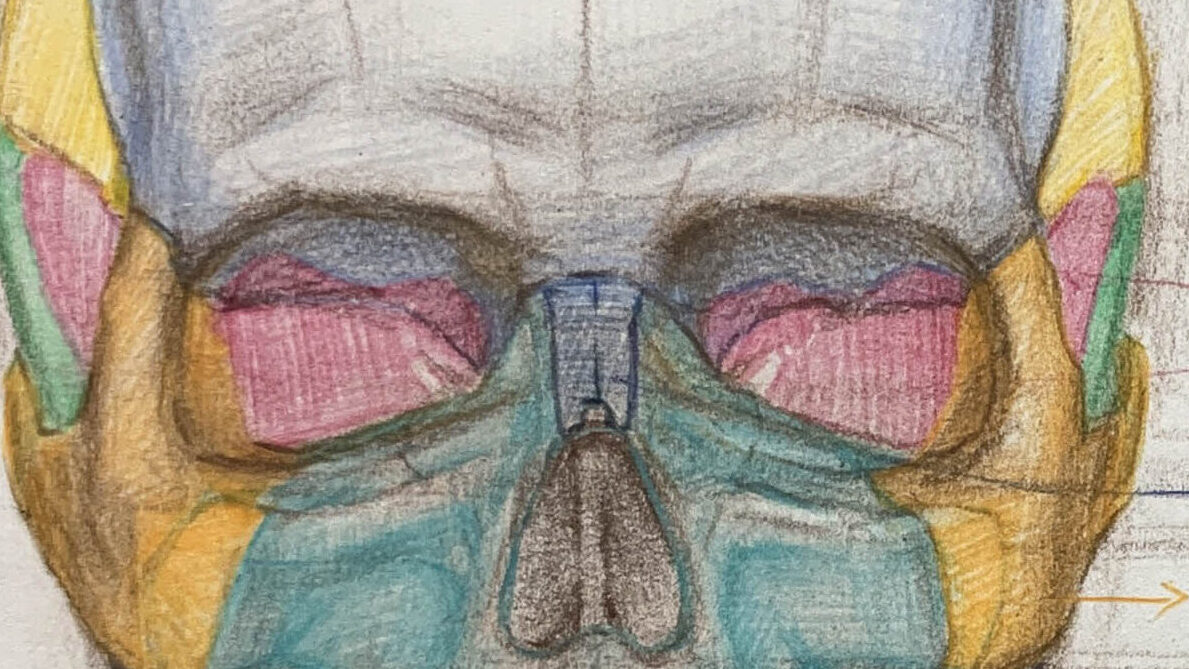
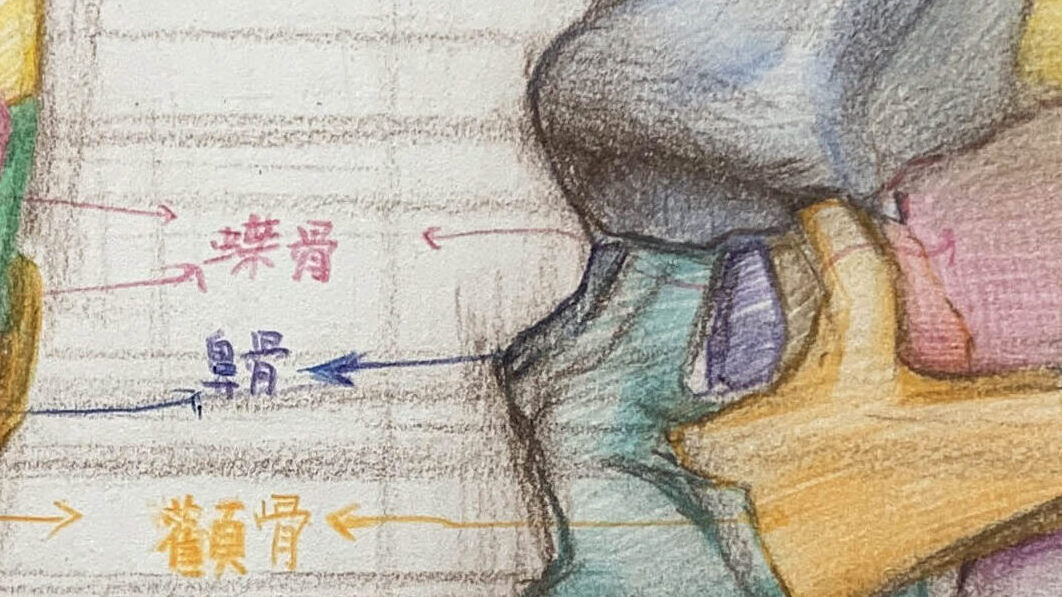
The eye socket is a cavity::
Understanding the recessed position of the bony orbit is the key to establishing the perspective angle of the eye.
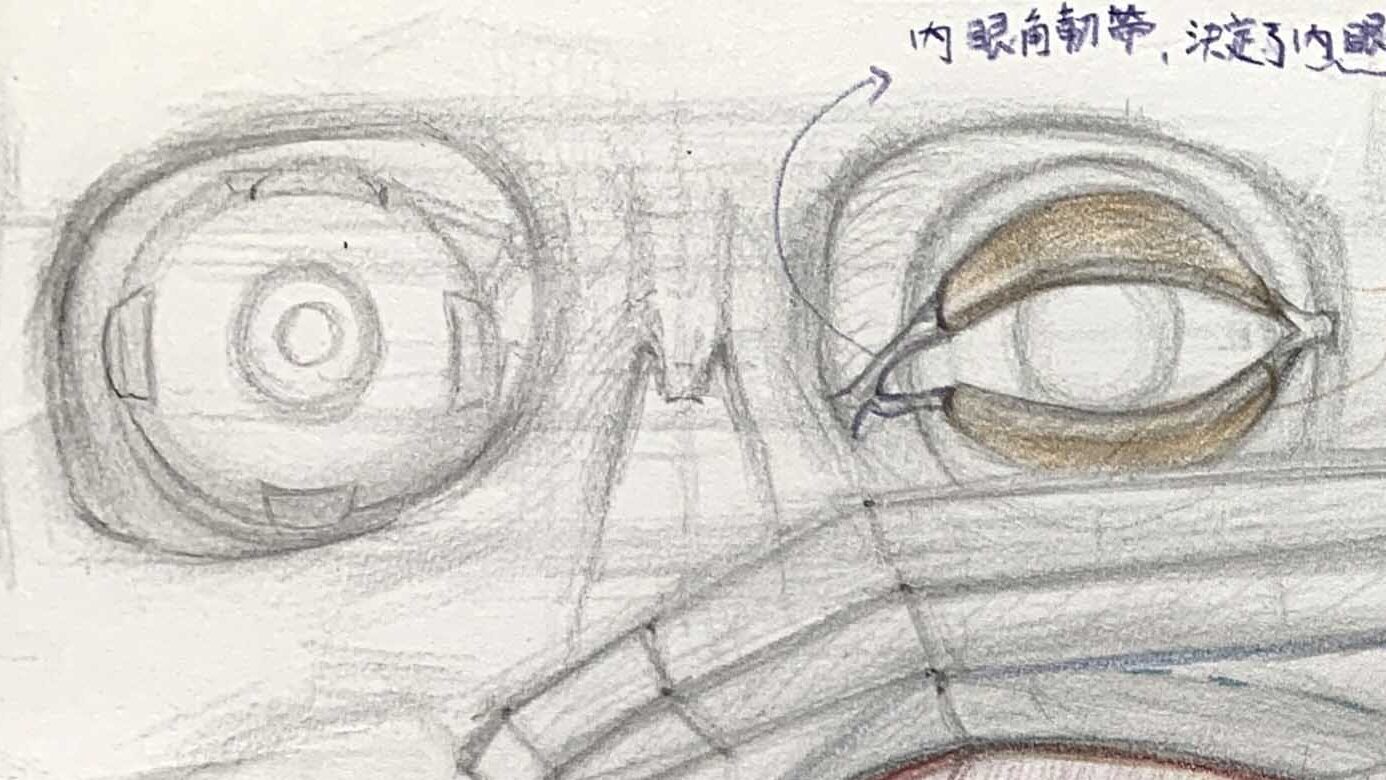
● Main structural divisions for drawing the eye
Upper eyelid (eyelid) structure
- The upper eyelid margin is the junction of the upper and lower eyelids with the eyeball, and determines the characteristics of the eye’s contour.
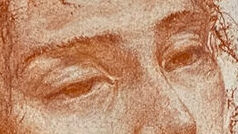
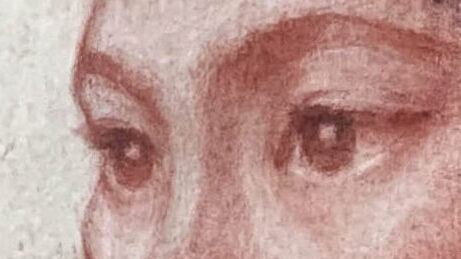
- The upper eyelid is thicker and has a clear curve, and is mobile.

- The upper eyelid is supported by the tarsal plate, and the levator palpebrae superioris controls its opening and closing. It is the most dynamic part of the eye.
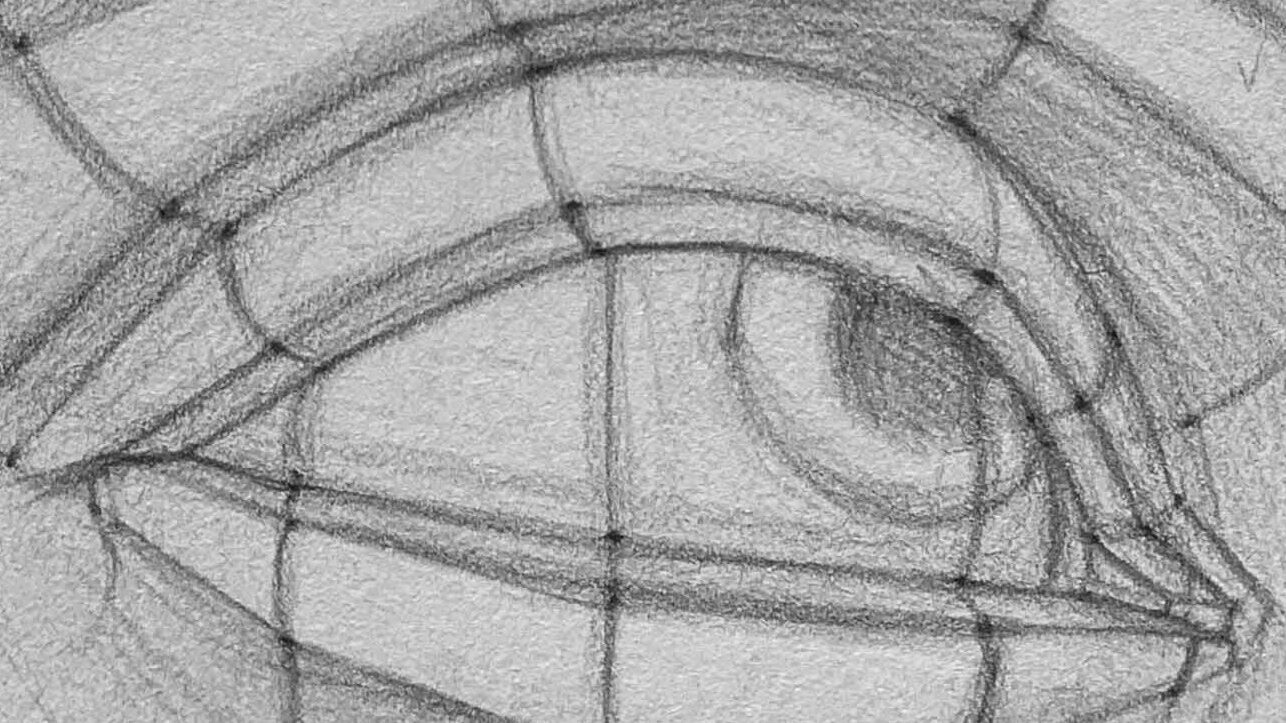
Anatomical function: covering and protecting the eyeball
Observation focus:
- The curvature is “lower inside, higher outside.”
- A clear sense of thickness, often casting a shadow above the iris
- The double-eyelid crease is caused by the connection between muscle and skin
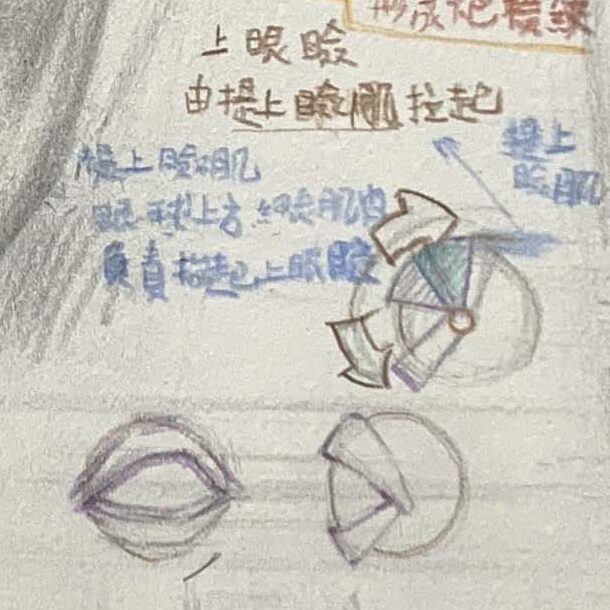
Lower eyelid
- The tarsal plate of the lower eyelid is smaller, and the thickness is thin.
- The lower eyelid is thinner and usually covers the eyeball with a gentle curved surface.
- Anatomical function: protect the eyeball and assist in closing the eye
- Observation focus::
- There is often a narrow bright edge near the lower edge of the iris, creating a watery look to the eye
- During expressions it often lifts slightly, for example when smiling
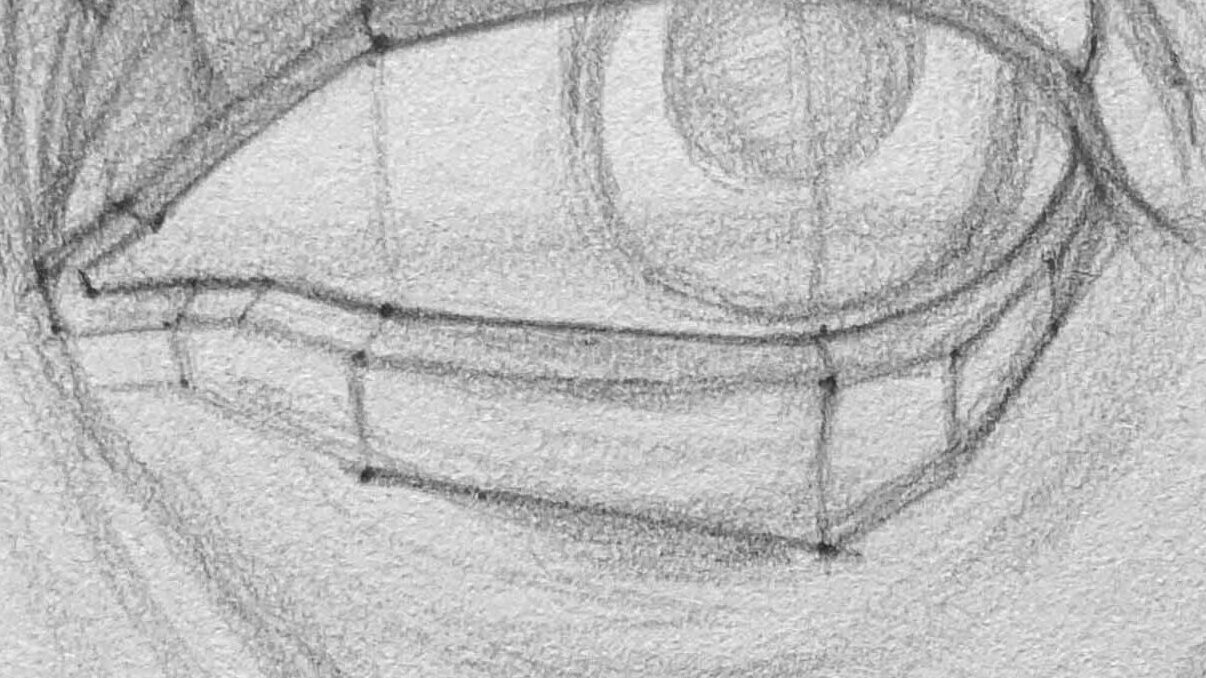
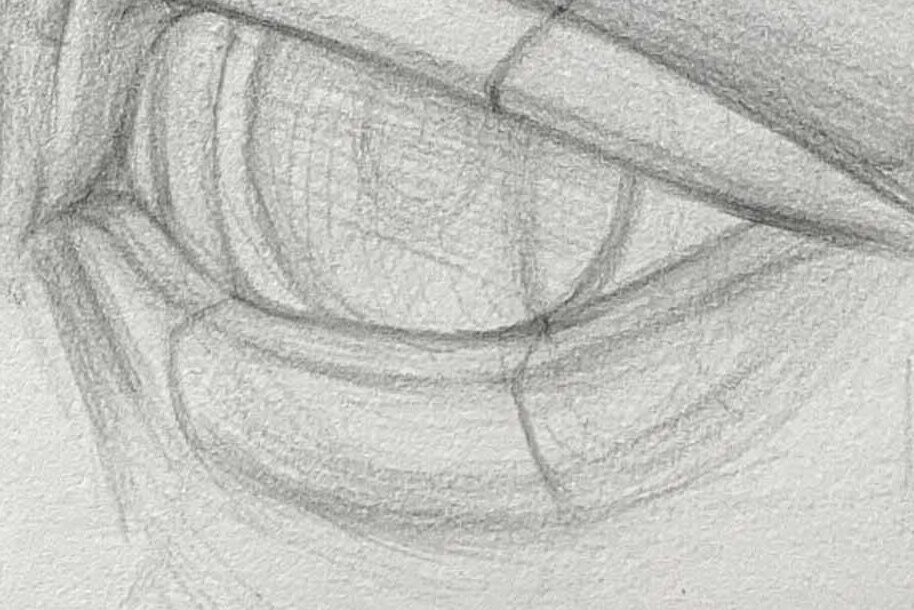
The upper and lower eyelids cover part of the eyeball; the fat around the eyelids differs among ethnicities,
- East Asians more often have single eyelids or inner double eyelids, with more eyelid fat, so the eyes look rounder
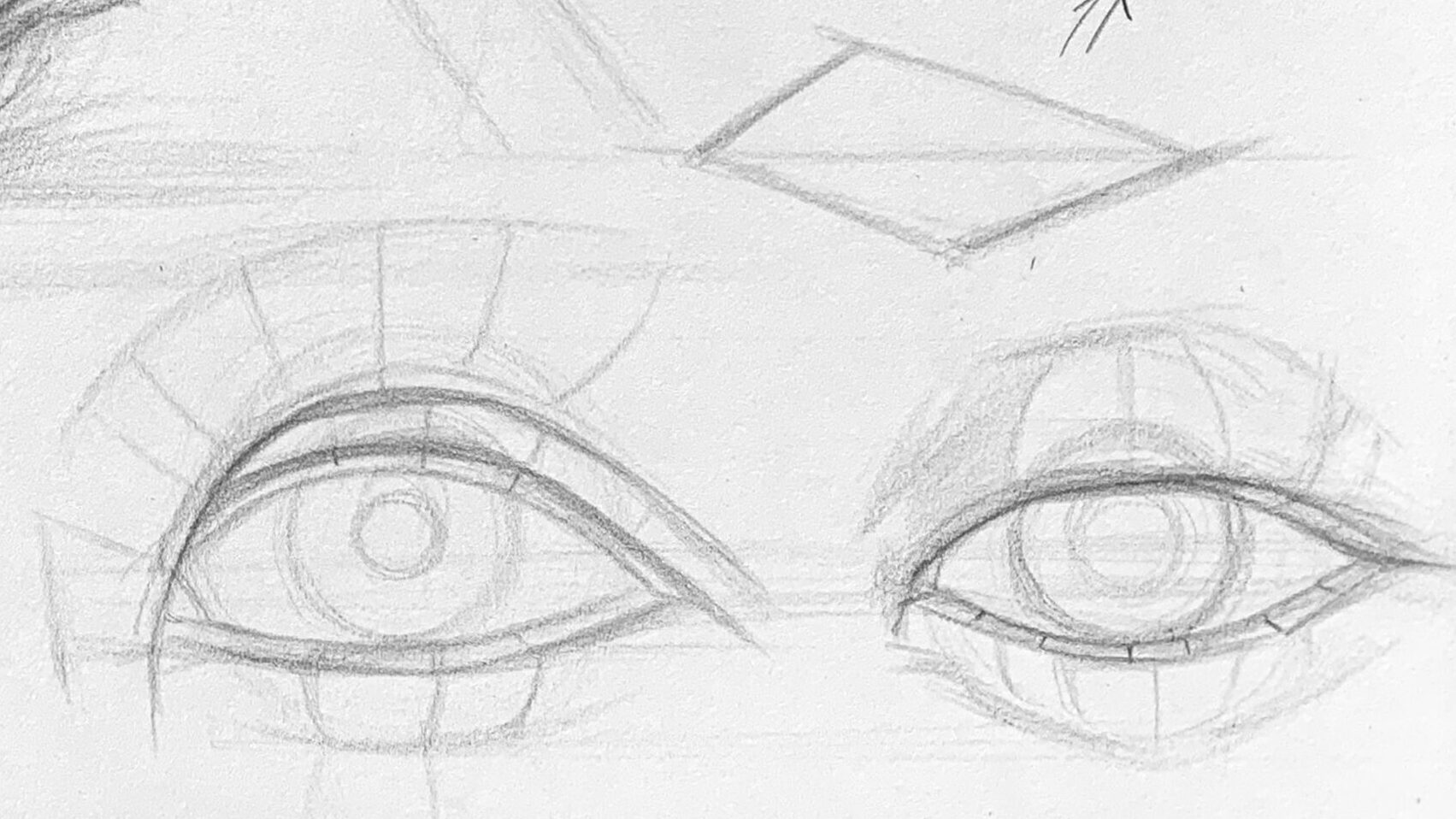
- Westerners mostly have double eyelids; because the eyelid fat is less, the eyes look deeper-set.
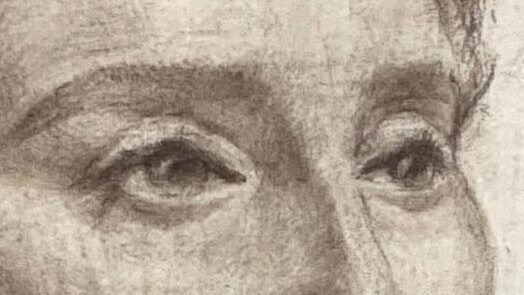
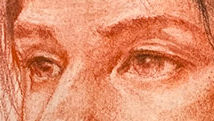
Eye corner area
Inner canthus (medial canthus):
- Includes the small flesh pad “lacrimal caruncle,” responsible for tear drainage. Avoid drawing it as a sharp angle.
- The medial canthus is often at the lowest point of the eye, with a clear turn and skin folds.
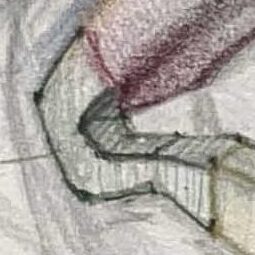
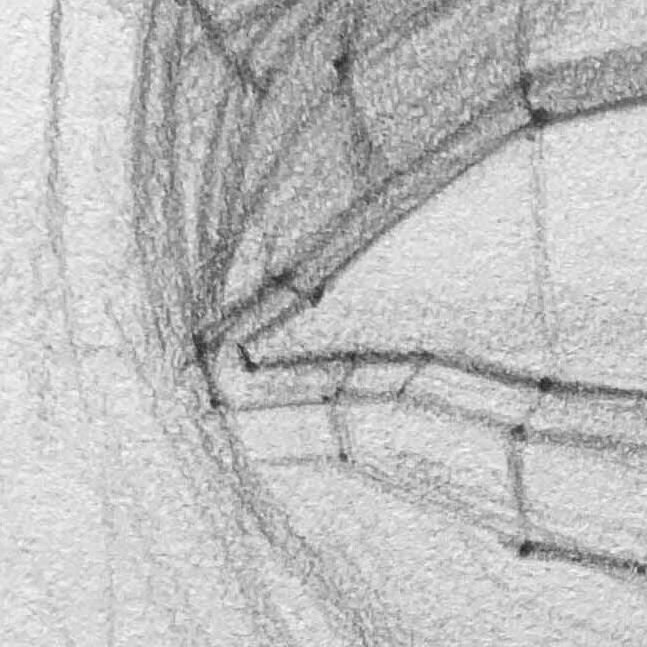
Outer canthus:
- The meeting point of the upper and lower eyelids, sharp in form, slightly higher than the inner canthus, determining the tilt of the eye.
- The lateral canthus varies slightly higher or lower depending on the individual, determining the tilt of the eye shape.
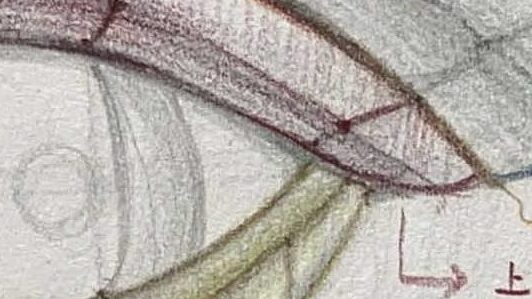
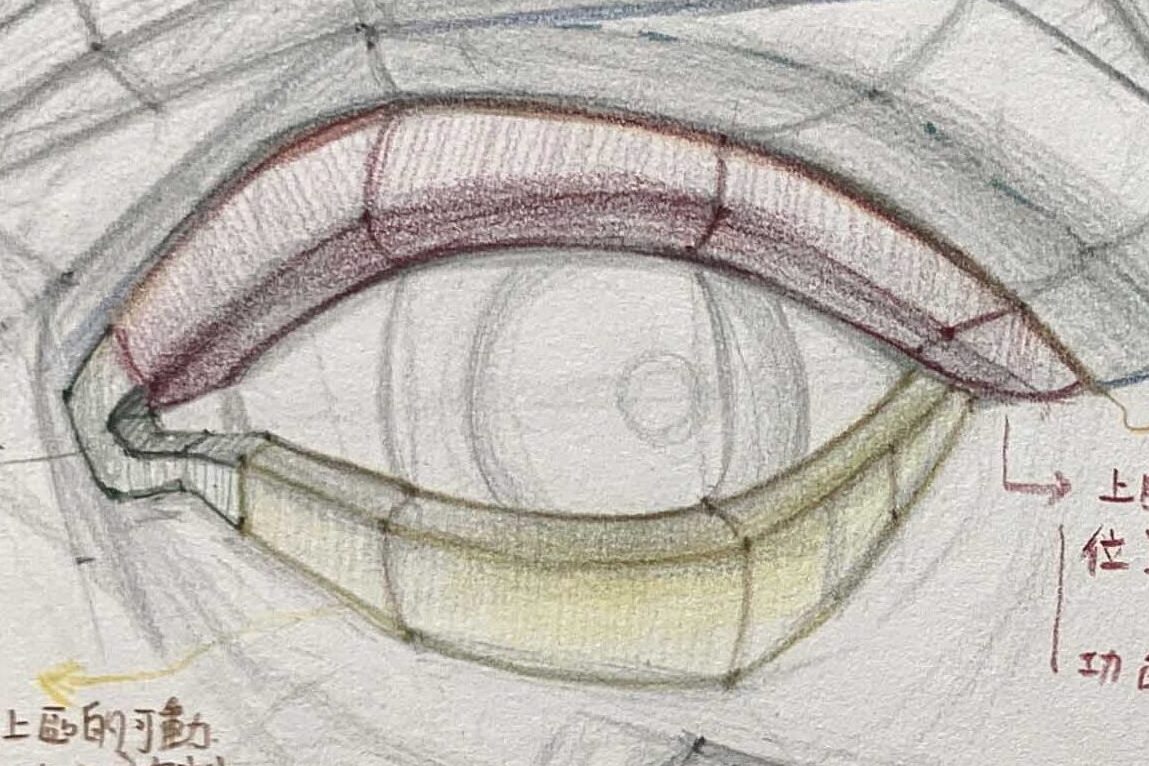
Structures around the eye
Eye bags:
- Caused by subcutaneous fat and muscle laxity, more obvious with age. When drawing, shape with light and shadow rather than outlining with lines.
- Eye bags appear along the lower edge of the lower eyelid, formed by the natural sagging of soft tissue.
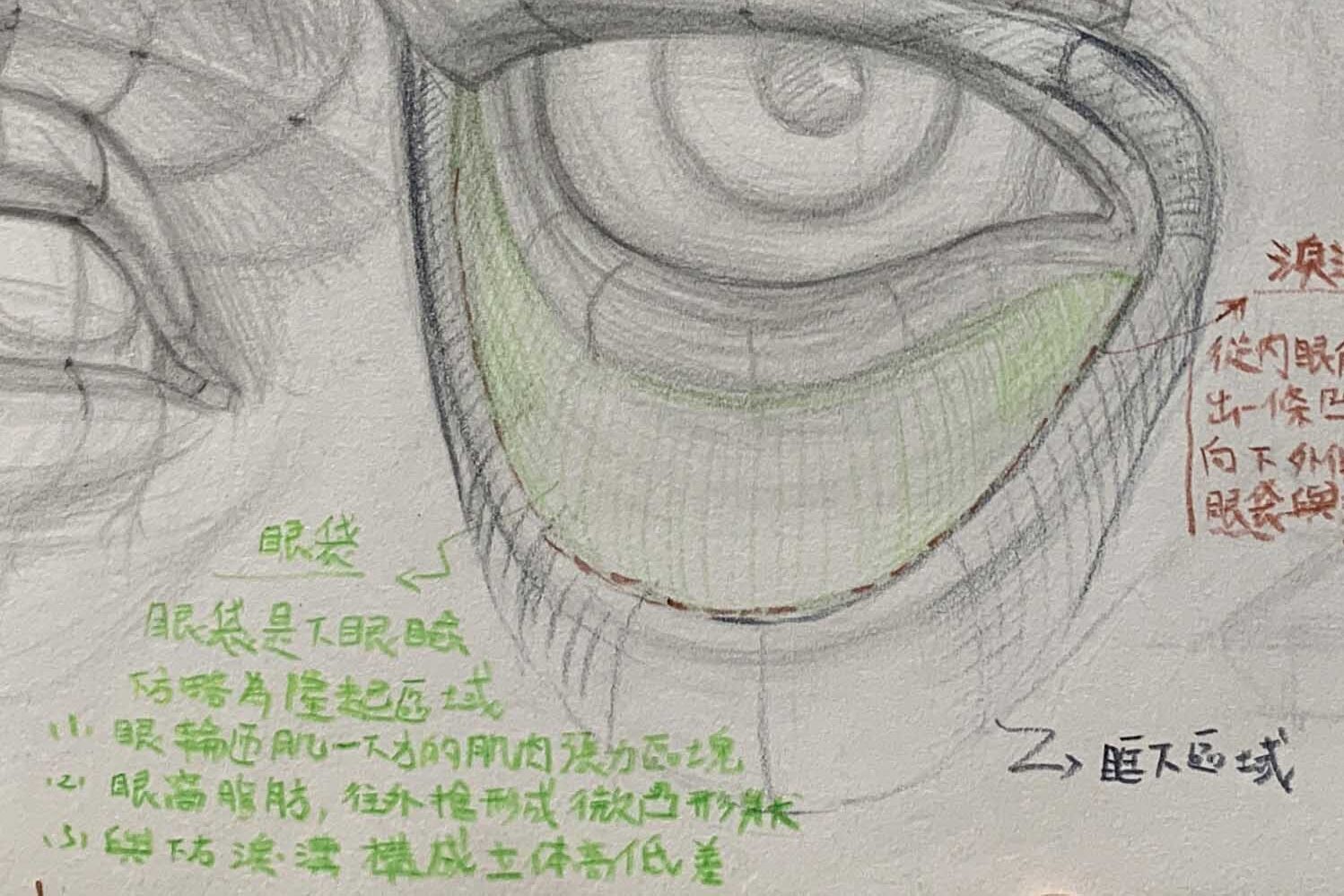
Tear trough:
- A depression extending from the inner canthus, separating the eye bags from the cheek, and an important detail for conveying tiredness.
Transition between brow ridge and upper eyelid:
The brow bone is the “eaves” of the eye and affects its depth.
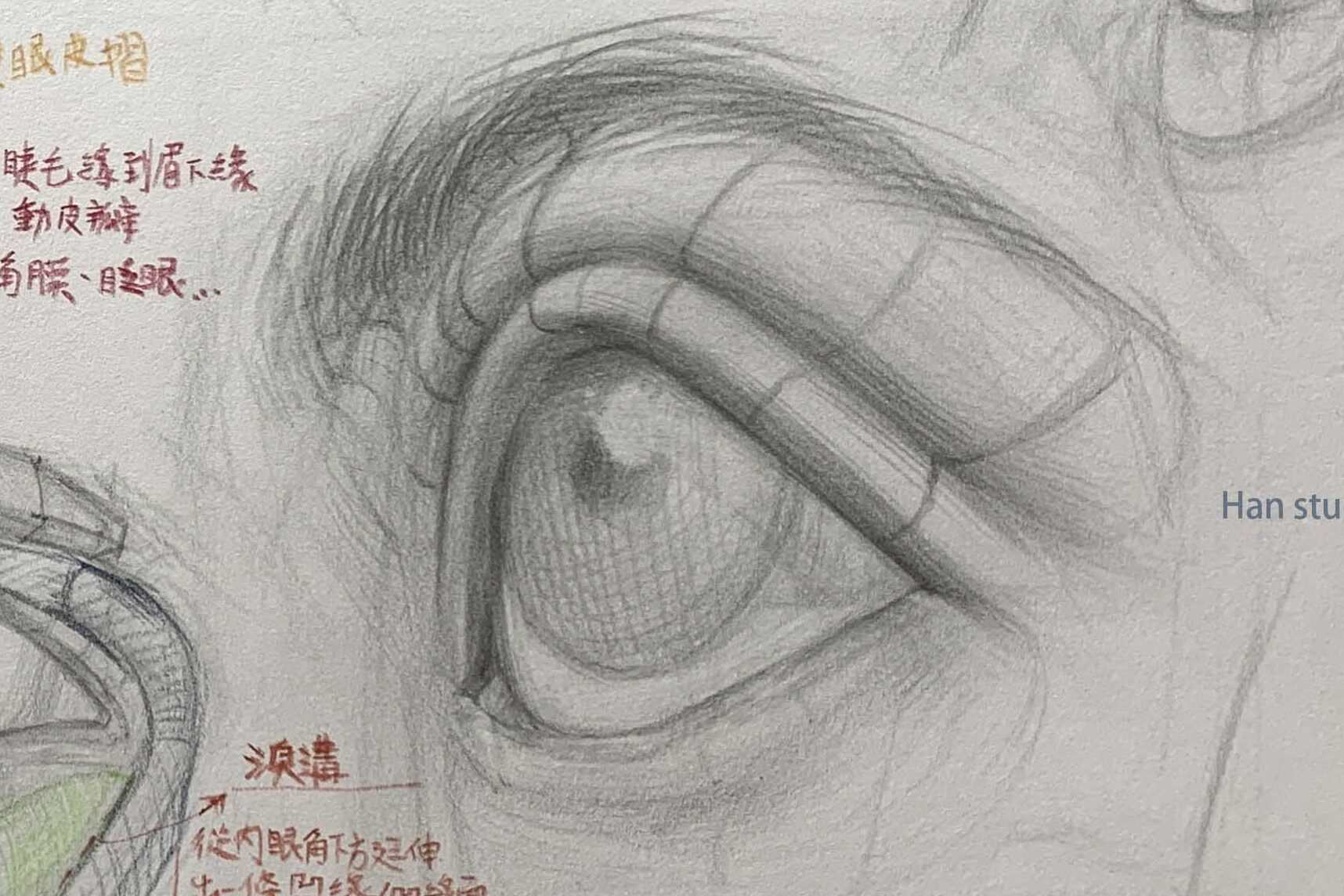
Brow ridge (supraorbital ridge / brow arch)
- It is the protrusion formed by the frontal bone at the upper edge of the eye socket.
- In males, it is usually thicker and heavier, making the eyebrows appear more “rigid”; in females, it is smoother and softer.
- The basic height of the eyebrows is largely determined by this bone.
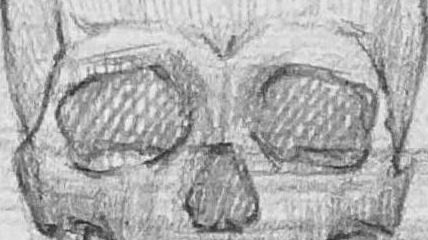
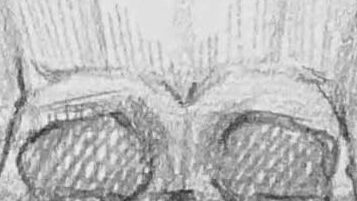
Orbital bone
- Refers to the entire boundary of the eye socket, including the upper edge (brow ridge), lower edge (cheekbone), and the inner and outer sides.
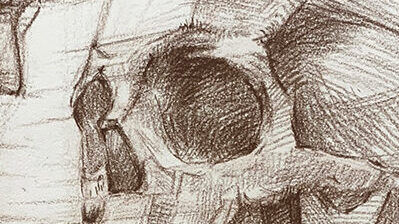
- It does not have much influence on the “up–down height” of the eyebrows themselves, but it does affect the sense of distance between the eyes and eyebrows (whether the brow ridge is deep or shallow).
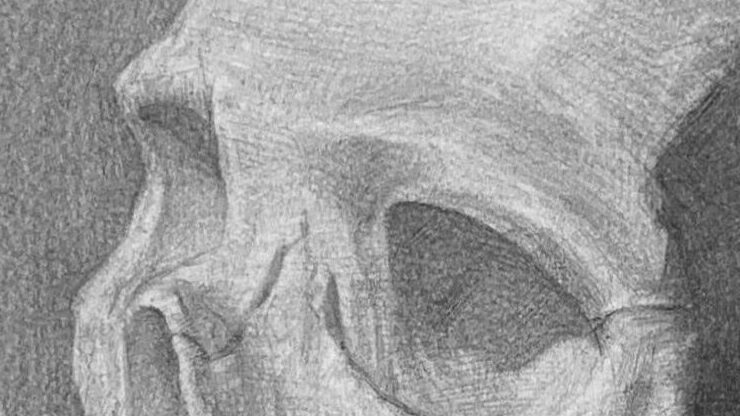
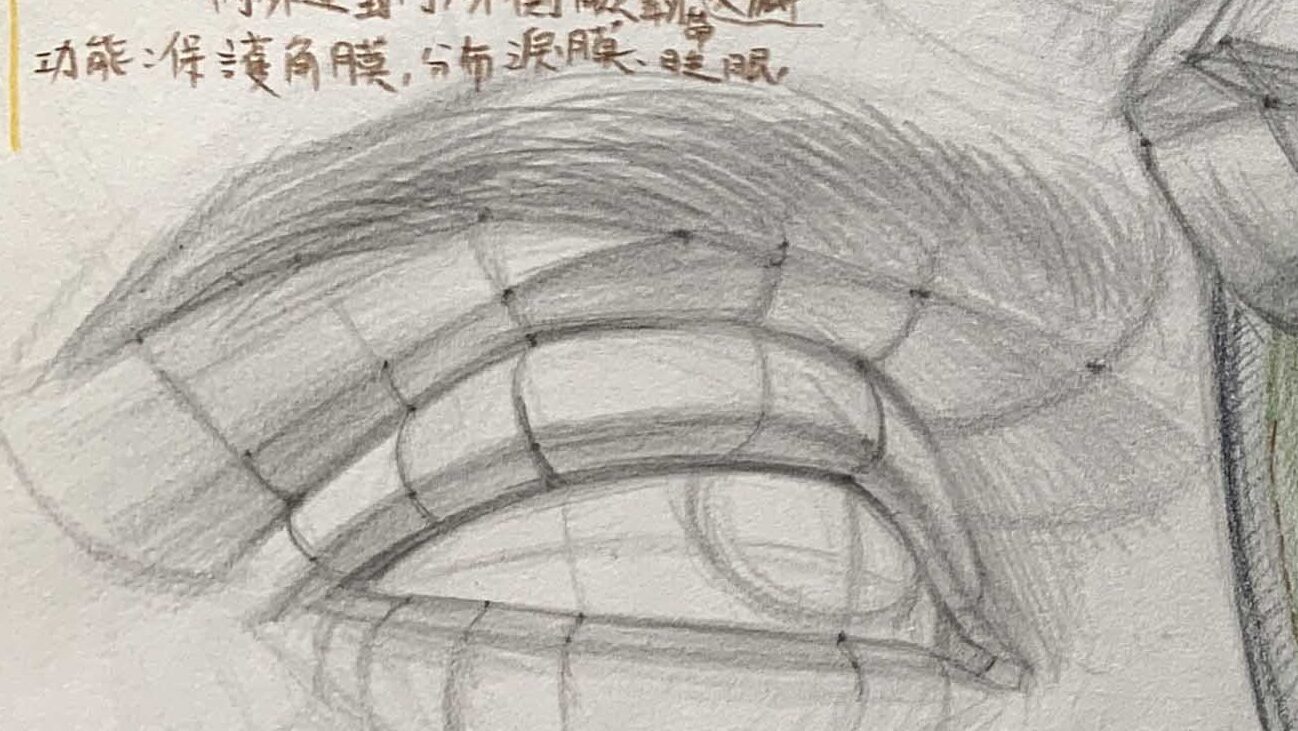

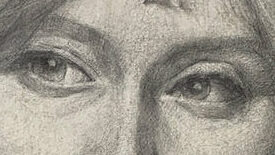
If you’d like to gain a deeper understanding of the skull’s related structures, please read the skull article I wrote.
Muscular structures around the eye
To depict natural expressions, wrinkles, or dynamic expressions, it is crucial to understand the muscles around the eyes:
Orbicularis oculi
When drawing the eye, you can add “muscle tension directions” outside the structure lines to aid understanding and shaping.
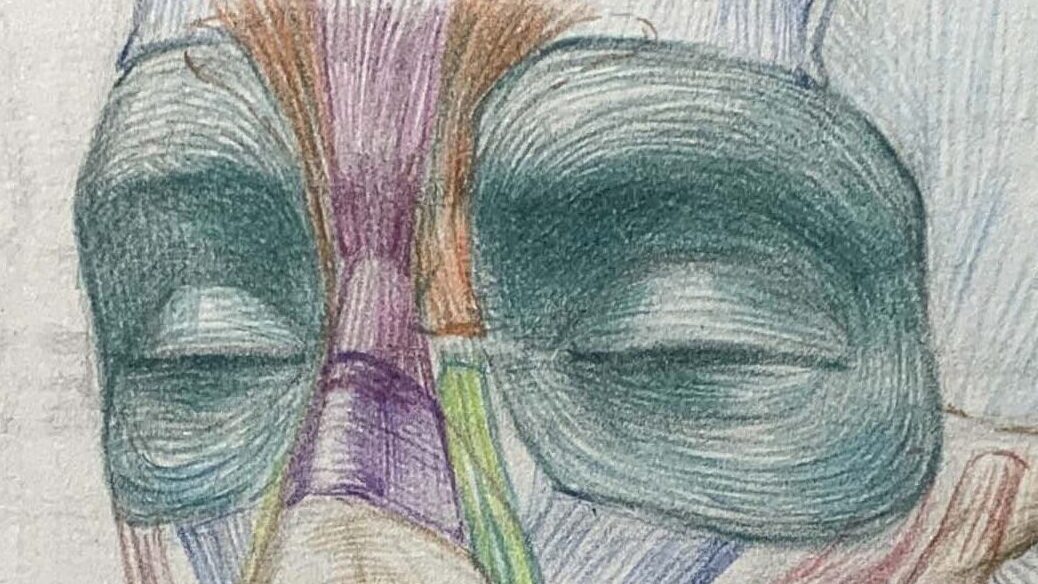
Orbicularis oculiPalpebral part
- Palpebral part of the orbicularis oculi
- It is the main controlling muscle group for everyday blinking and changes in eye shape during smiling.
- Located between the skin of the upper/lower eyelids and the eyeball, affecting subtle deformations of the eyelid margin.
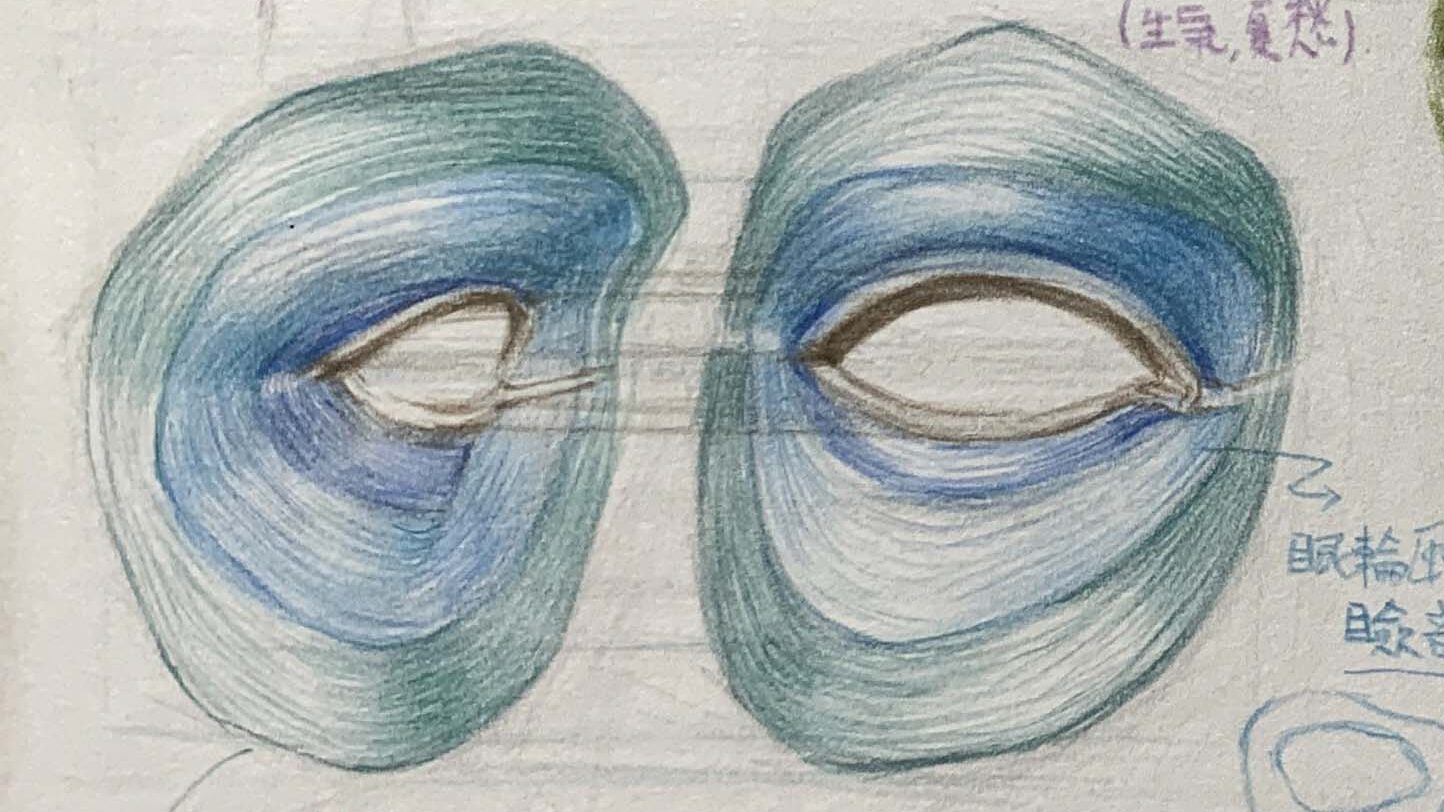
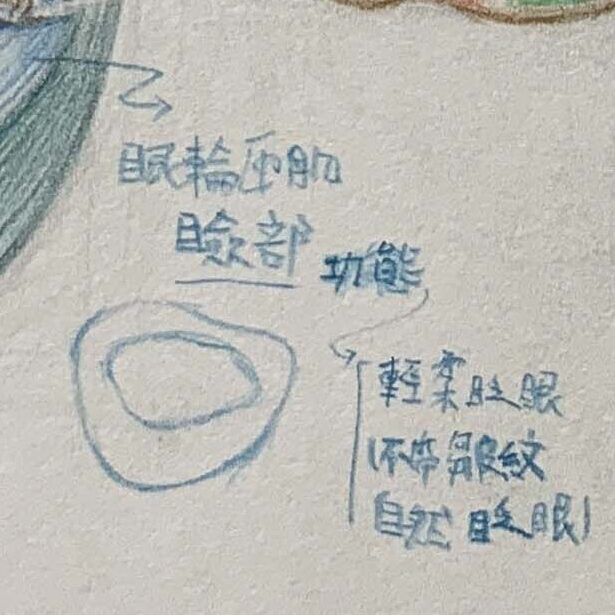
Orbital part of the orbicularis oculi
- Encircles the outer rim of the orbit and is responsible for larger eye closure, such as forceful squinting.
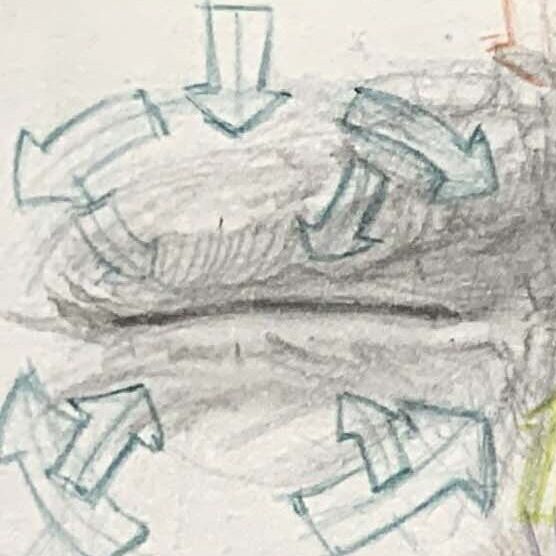
- In depiction, it will drive the inner eyebrows downward and deepen the wrinkles at the eye corners.
Functional note:
- The orbicularis oculi, corrugator, and frontalis (brow-raising muscle) influence each other; they form a core muscle group not to be ignored in drawing facial expressions.

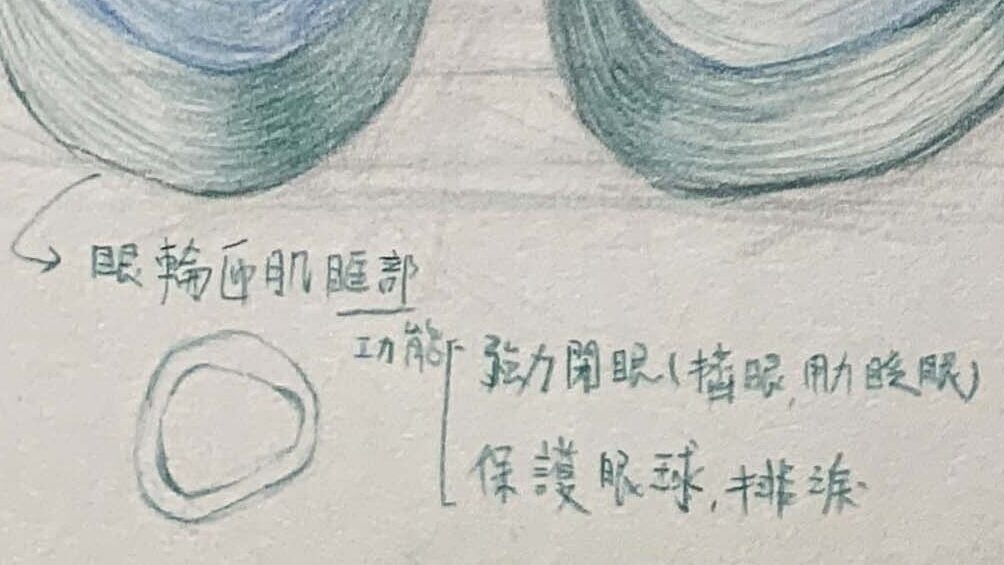
Expressions and dynamics
The eyelids are not fixed lines, but change greatly with expressions:
Surprised expression
→ The upper eyelid lifts significantly, enlarging the gaze
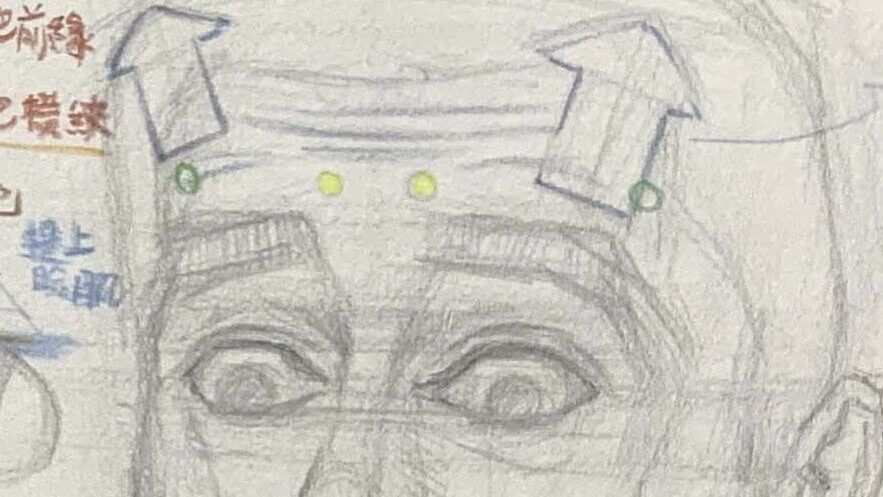
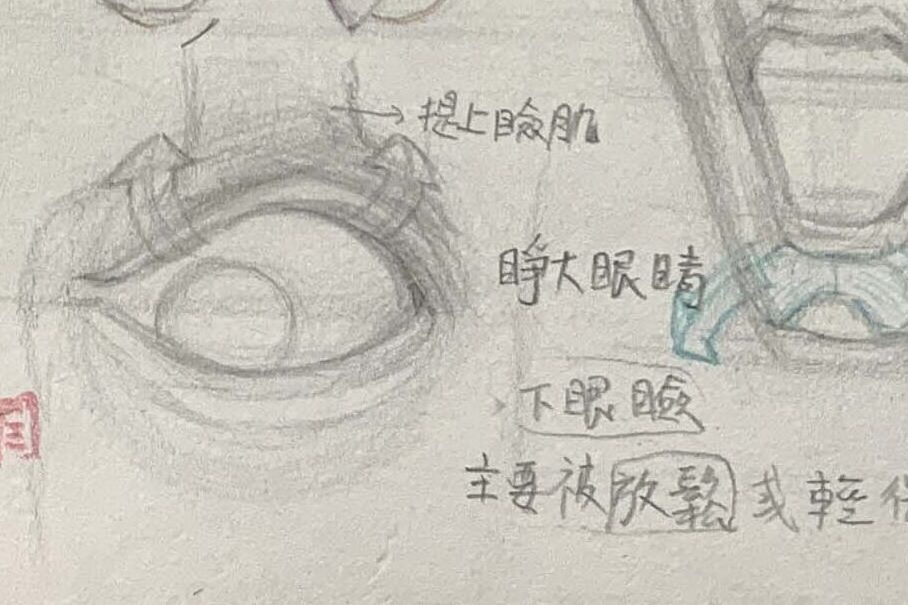
Smile (smiling, laughing)
→ The lower eyelid lifts, and the eye bags are compressed more obviously
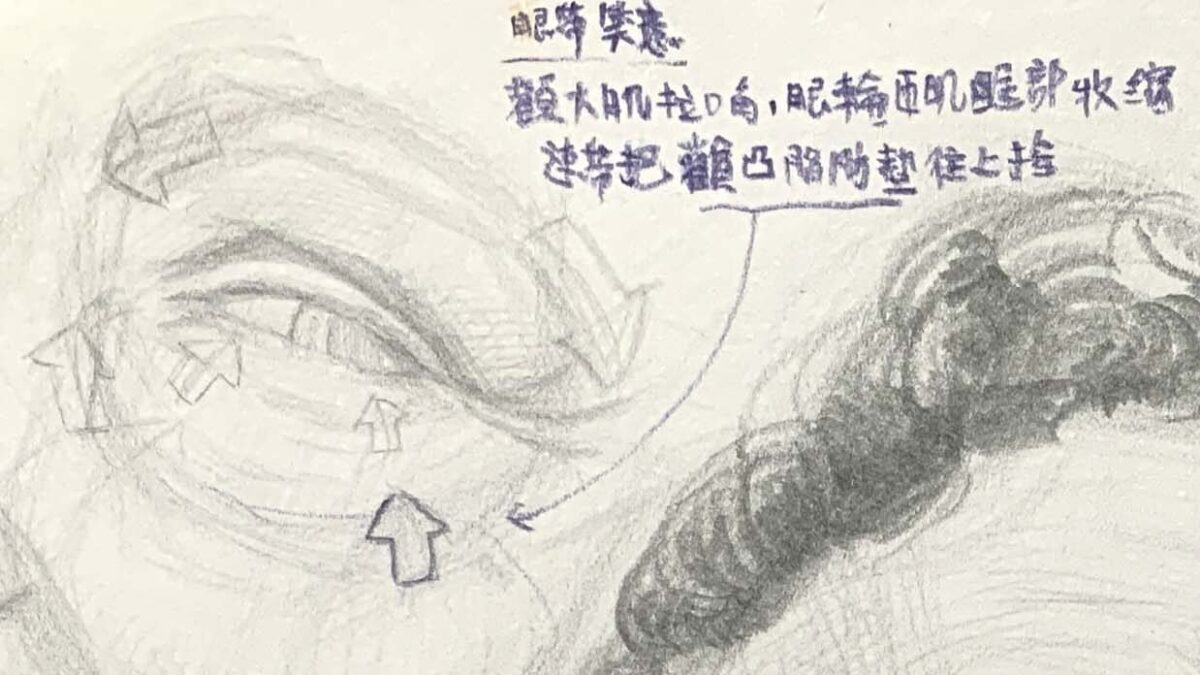
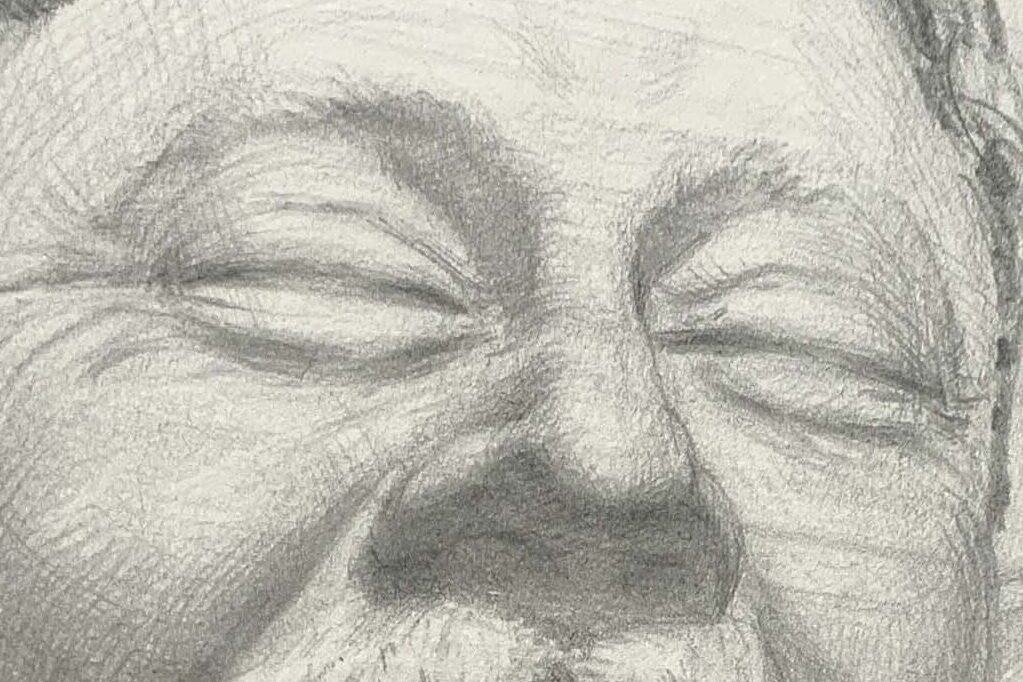
Angry expression
→ The inner part of the upper eyelid is pressed downward; the outer brow ridge is compressed
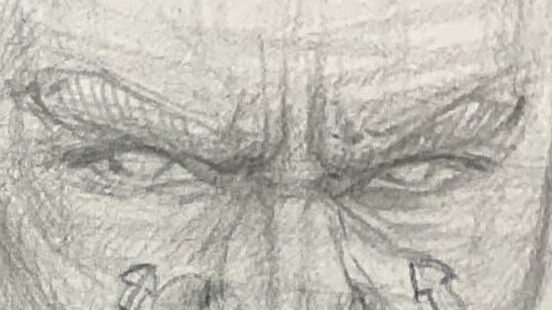
Actions like squinting, widening the eyes, and frowning affect eyelid tension and contour lines, and the eyebrows also drive the dynamics of the superior orbital muscles.
You can use geometric planar analysis to observe the distribution of light and shadow in the orbital turns from different directions.
Eye changes at different angles
Upward view:
The upper eyelid covers more of the iris; the brow bone protrudes; the lower eyelid becomes clear and prominent.
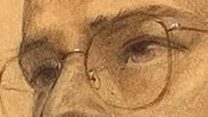
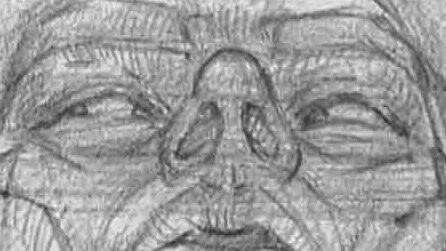
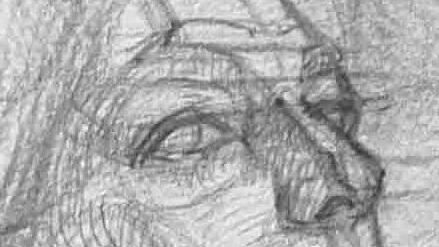
Downward view:
The upper eyelid is stretched, the lower eyelid may be obscured, and the iris appears elliptical.
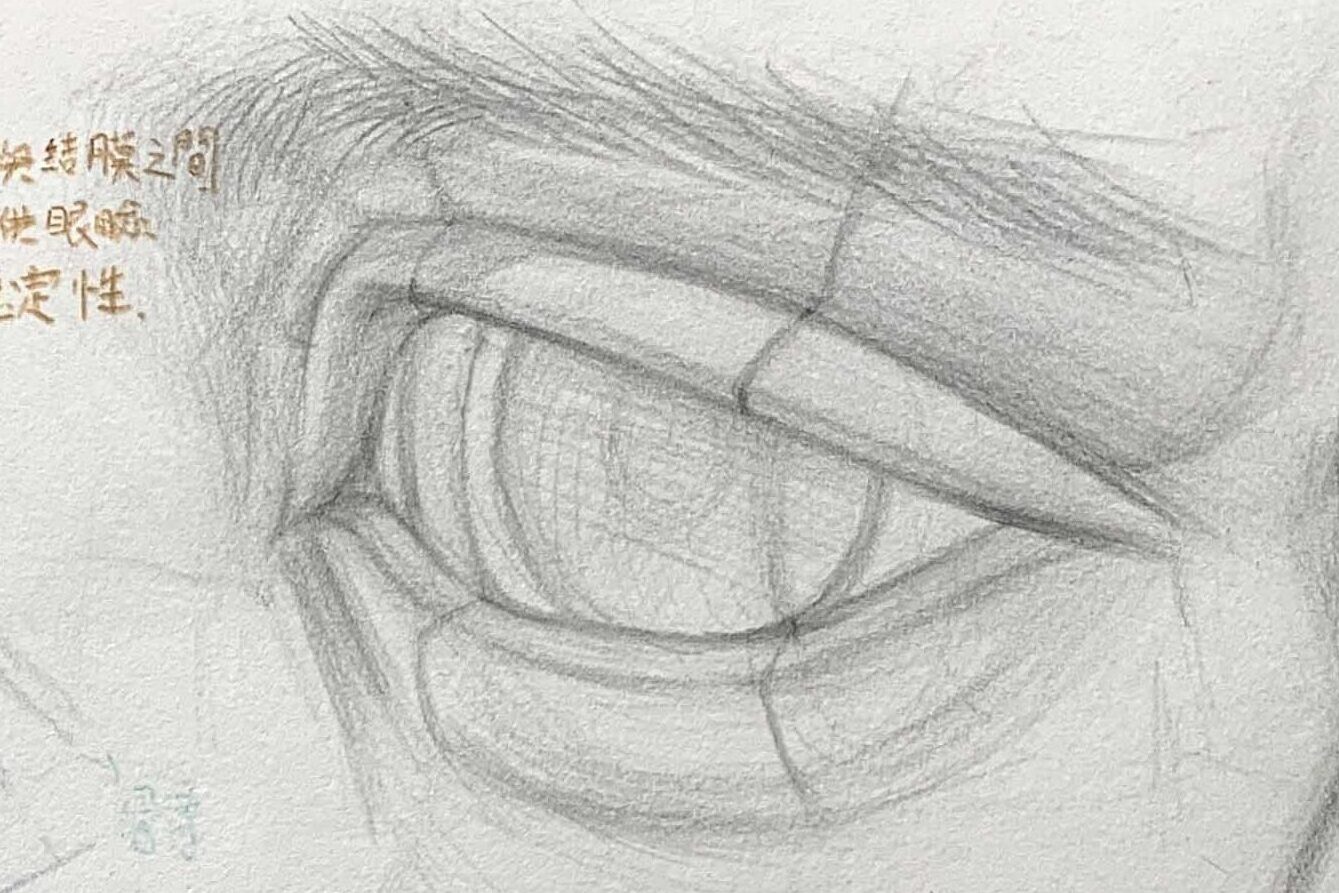
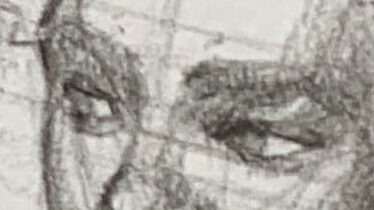
At a side angle
- Eyeball outline: forms a semicircle within the orbit; the inner canthus (lacrimal caruncle) protrudes the most.
- Upper eyelid line: descends in an S-shape, bulging forward from the brow ridge and then converging toward the canthus.
- Lower eyelid: becomes flatter, nearly conforming to the curvature of the face.
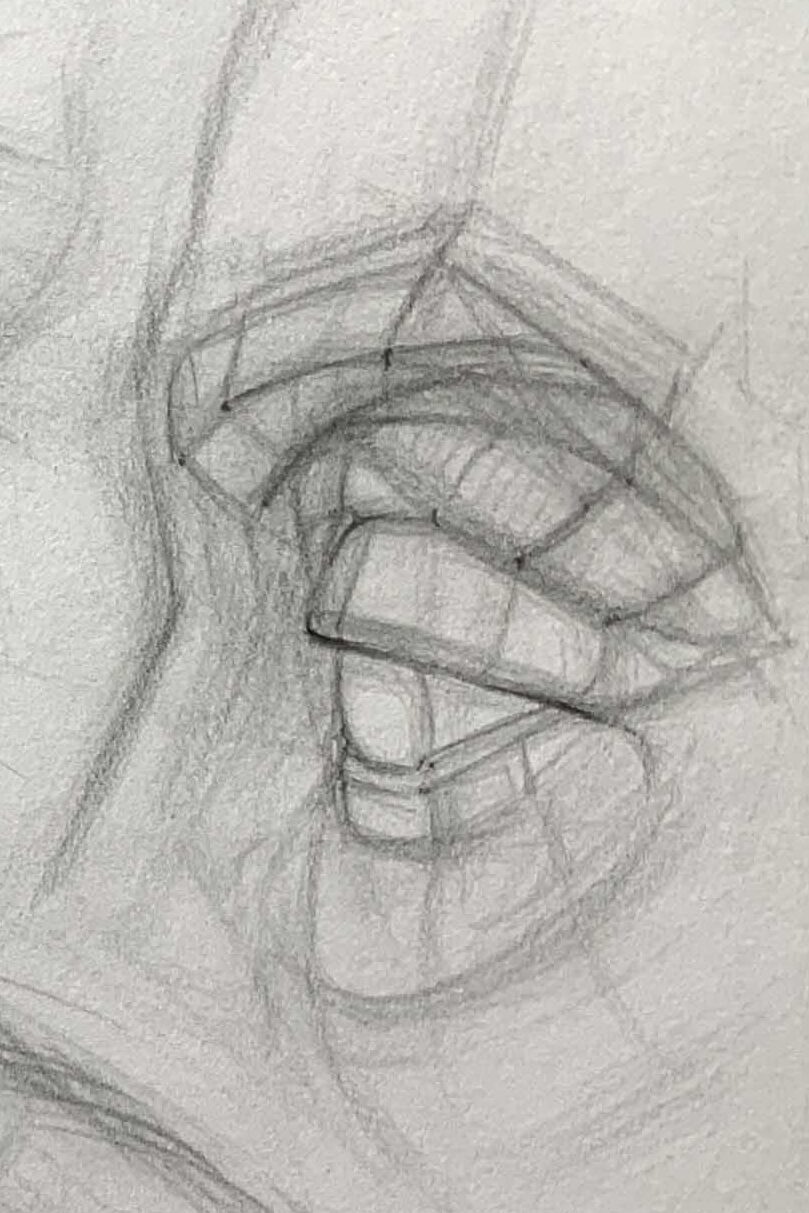
- Junction between the eyebrow and the superior orbital plane stands out and becomes prominent in profile, an important node of the head’s front contour.
- Orbital cavity outline: appears clearly recessed in profile, with distinct undulations of surrounding bony masses.
Specific methods for drawing the eye:
The eyeball is a sphere, and all eyelid structures cover the surface of the sphere. The brow ridge and orbital boundary determine the depth of the eye.

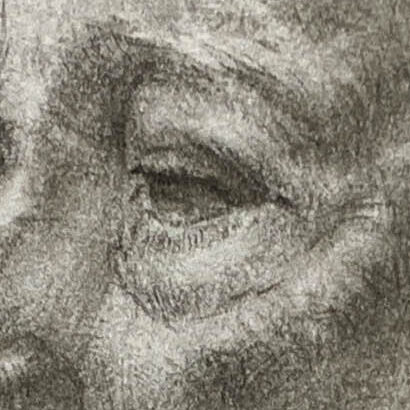
Reminder for drawing the eye shape:
When drawing the eye, first establish the “eyeball sphere,” then place the eyelids over it like curtains, rather than directly outlining an almond or arc.
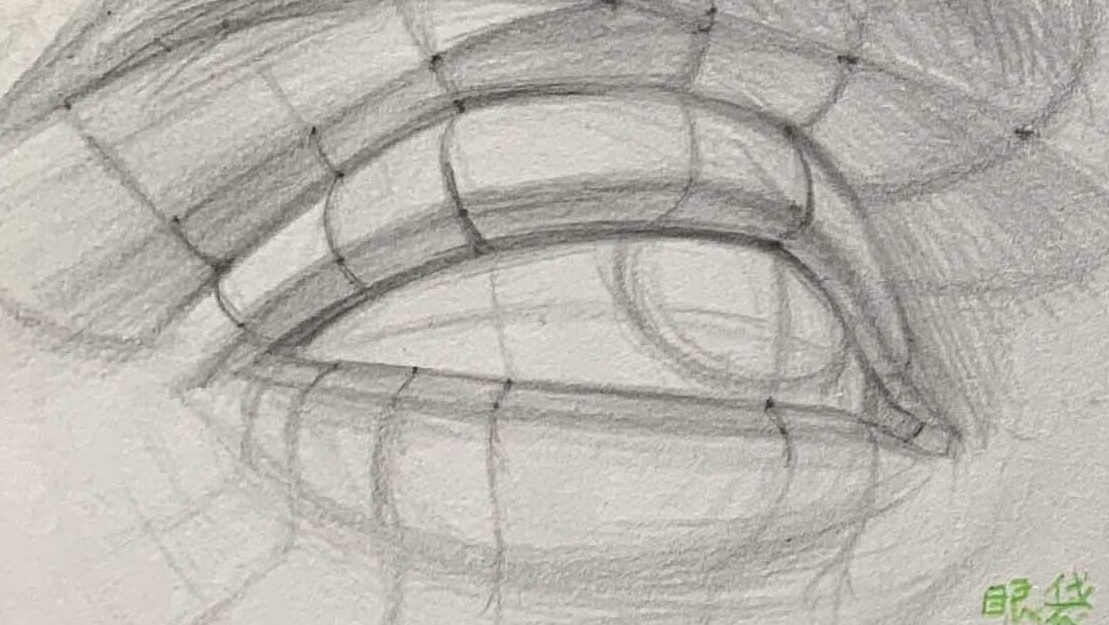
The outer contour of the eye is somewhat diamond-like: the inner canthus is sharper and slightly droops, while the outer canthus is relatively rounder.
1. Observe reference images, real objects, and start drawing:
- Carefully observe the shape and proportion of the eye, and use light lines to outline simple geometric shapes.
- Pay attention to turning points of the outline; turning points relate to shape changes, and simplified straight lines help draw the outer contour.
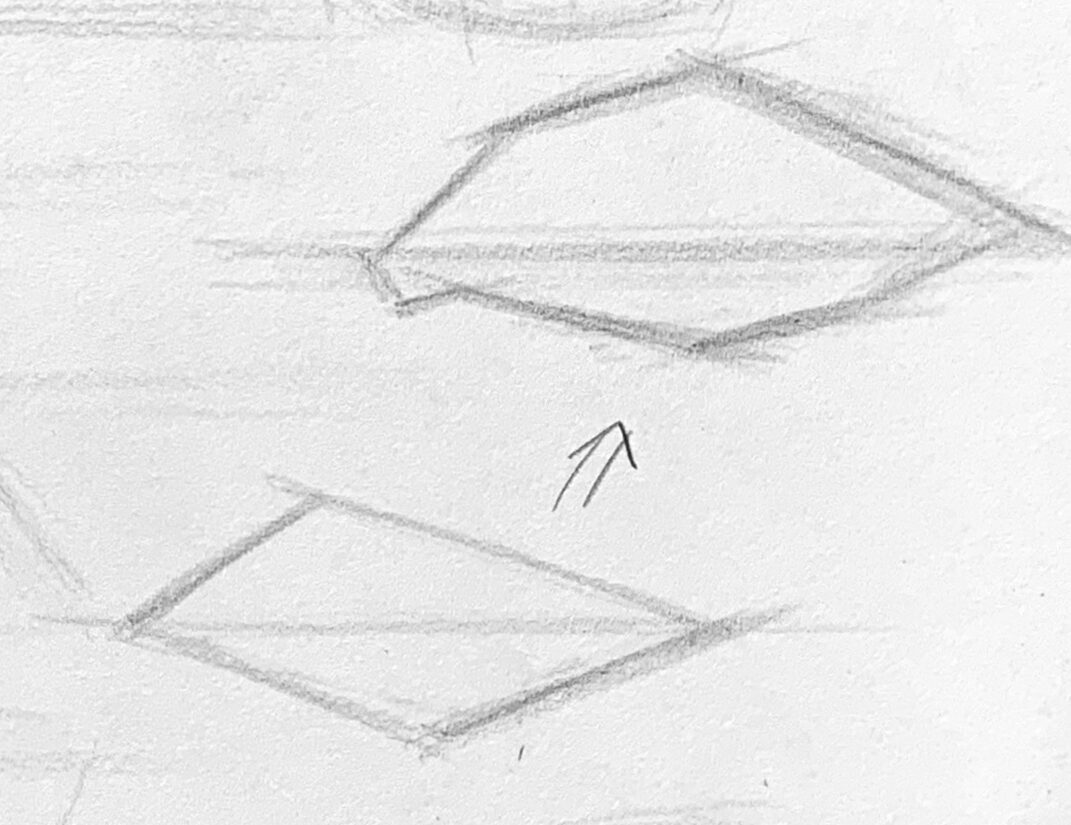
2. The undulations around the eye:
They can be simplified into planes of different sizes; understanding their resemblance to various longer or shorter geometric shapes helps in grasping shape changes.
Each turning plane produces a change in value, so understanding the structural points will help us see more clearly why shadows appear when applying color.
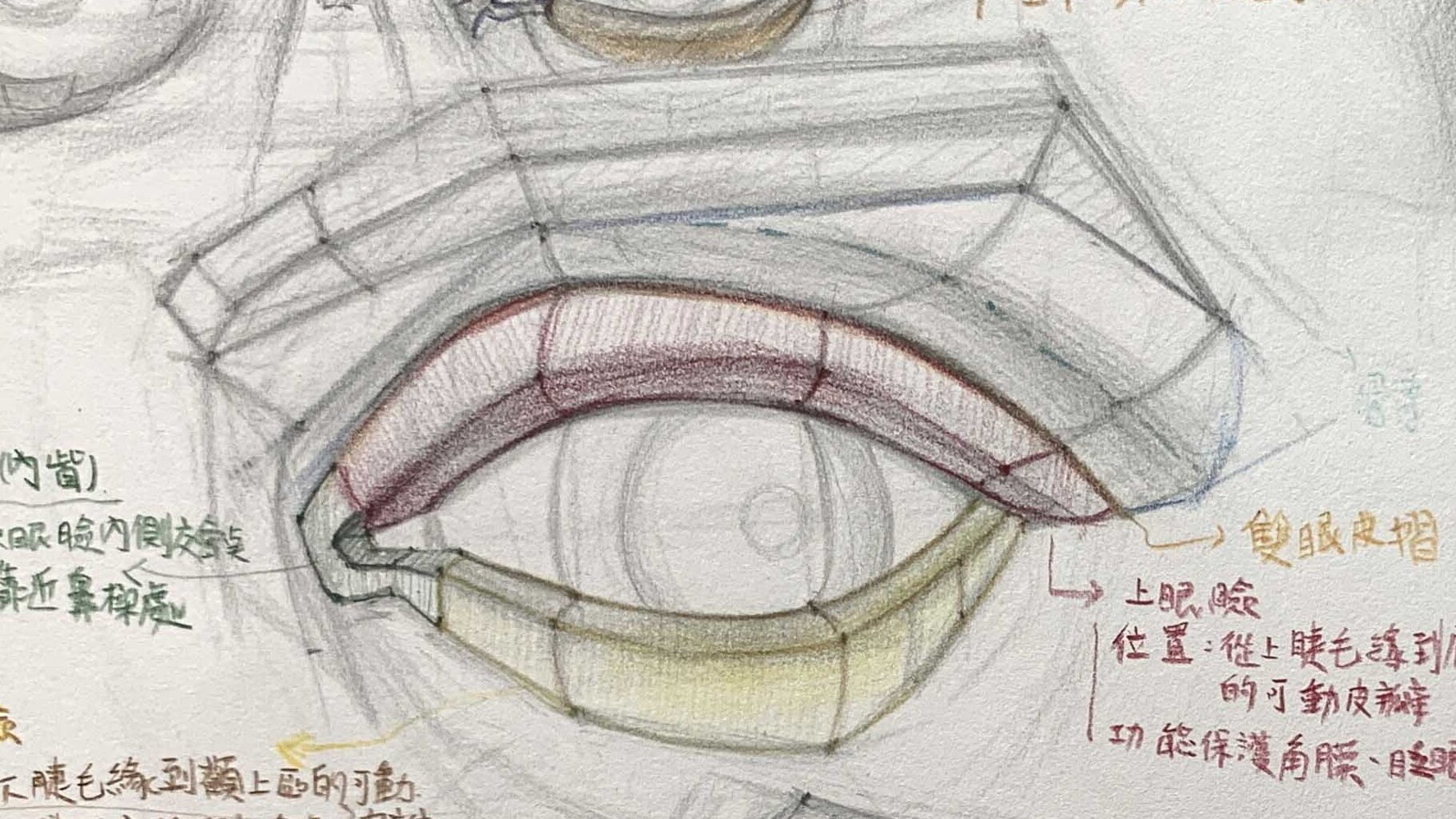
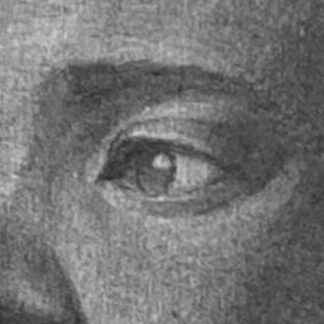
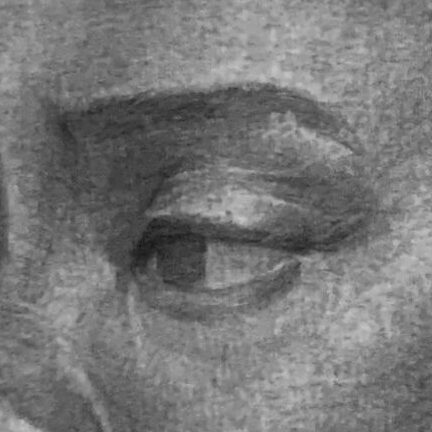
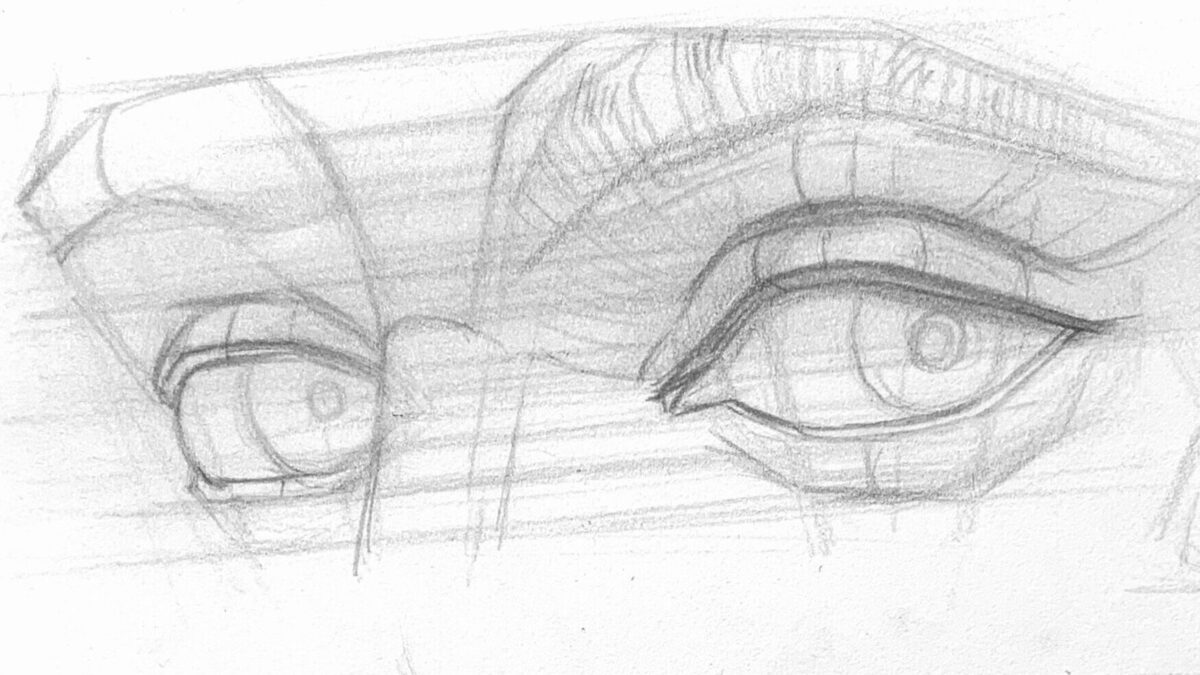
3. Gradually add details such as eyelids and pupil
Pay attention to changes in light/heavy, foreground/background, and thickness of lines.
These positions can use clearer or wider lines:
- the crease of the double eyelid
- the junction of the upper and lower eyelid opening
- the connection between the upper and lower eyelids
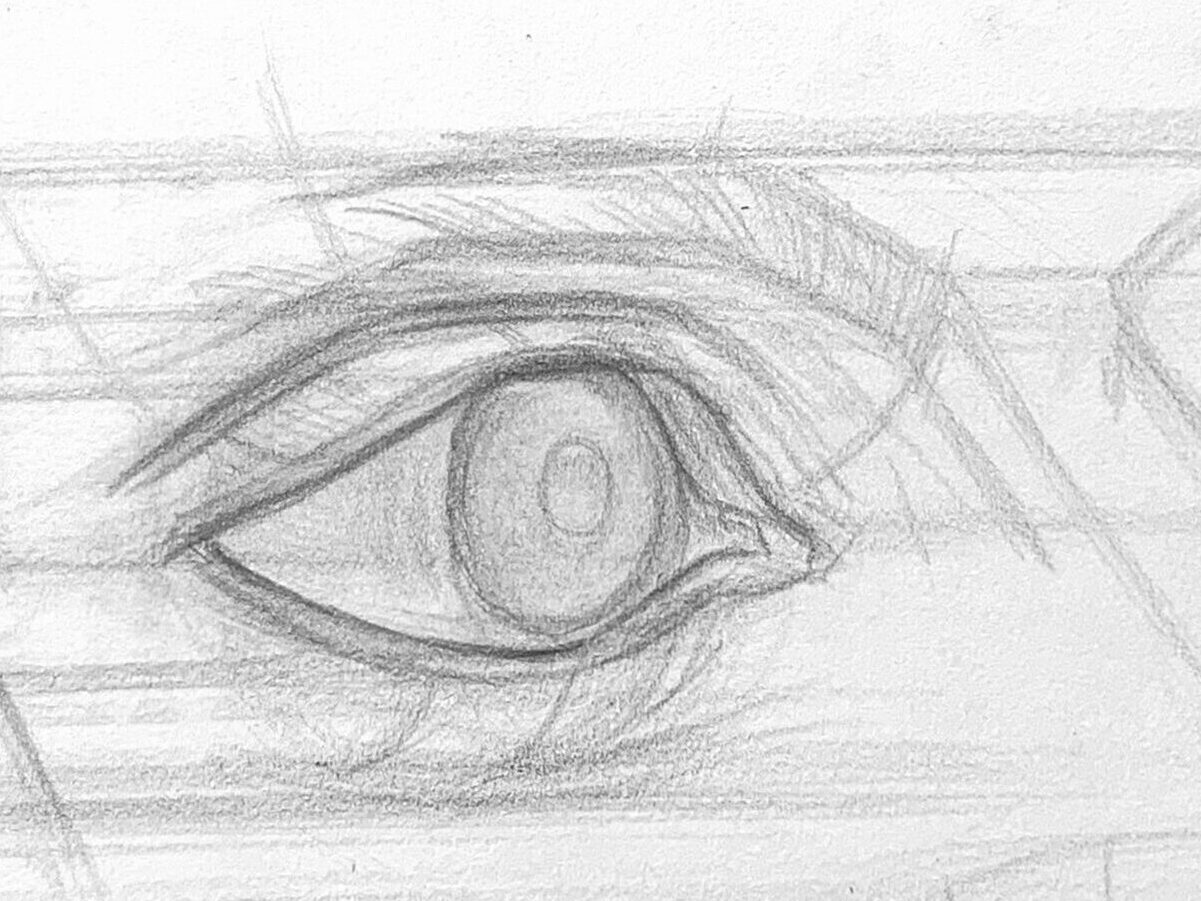
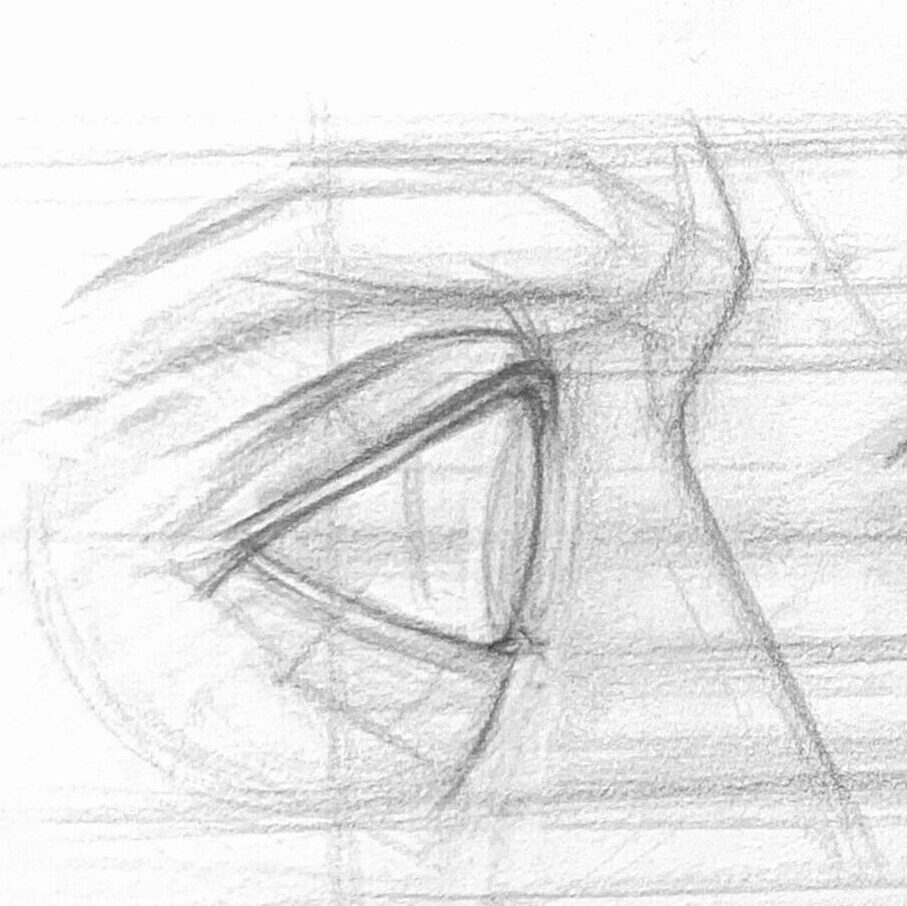
Three-dimensionality and light–shadow handling in drawing the eye
Light direction and value relationships::
The brow bone, upper eyelid, eye bags, tear trough, and eyeball all produce different shadows according to the light direction.
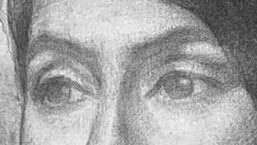
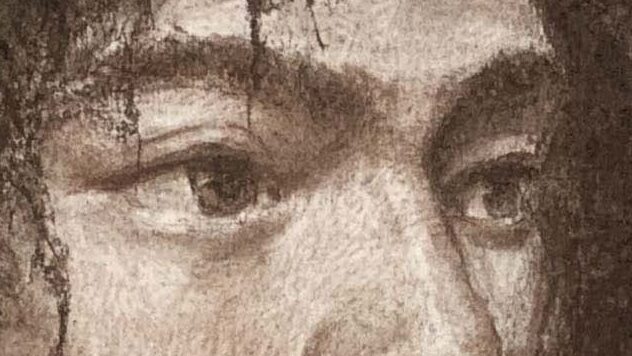
Highlight position:
The specular reflection on the eyeball is an important cue for spherical form; note its position corresponding to the light source.
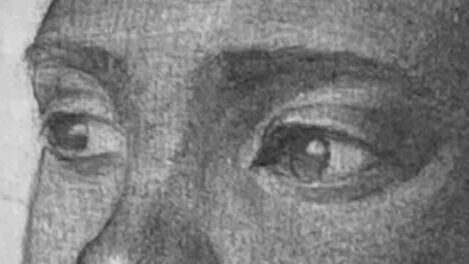
The grayscale of the sclera:
It is not pure white; adjust its value according to the sphere’s orientation and ambient light.
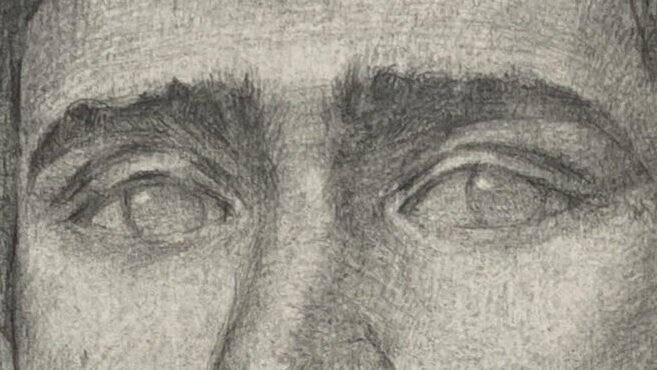
Hatching practice suggestions:
You can start by practicing the transitions between slanted and curved surfaces at the junction of the sphere and eyelids.
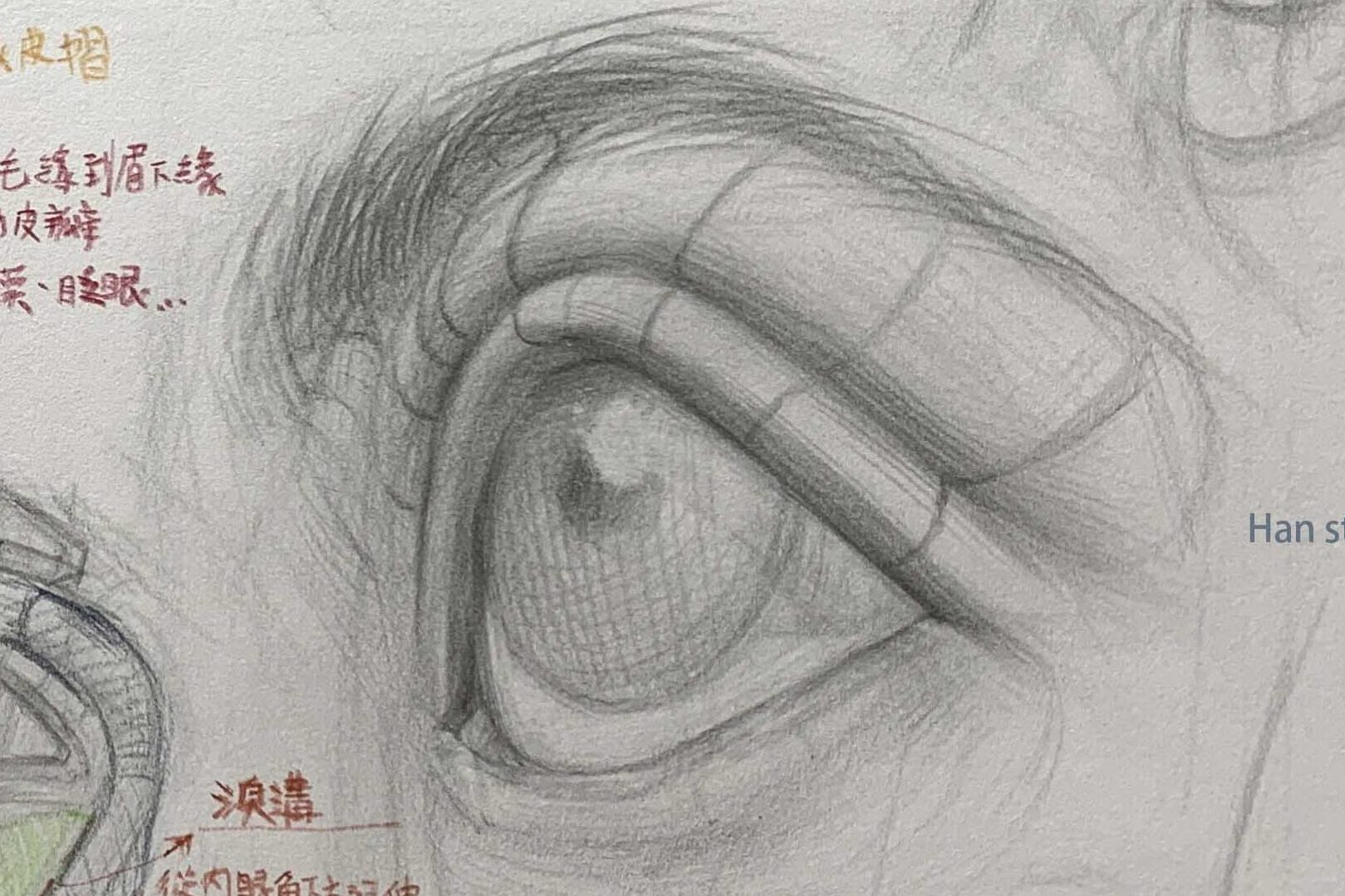
Want to learn how to draw human body parts and understand the key points? Check out the following further reading:
How to Draw Arms: Learn Arm Movements and Bone Proportions
How to Draw Ears:Simplified Ear Structure and Shading Tips
How to Use Two-Tone Shading: Simple Shadow Techniques
How to Sketch Facial Muscles: Capture Realism and Expression
How to Accurately Master Hand Proportions and Joint Structure
Mastering Nose sketch Structure and Perspective Techniques
Understanding the Three Key Elements of Head Structure
Mastering the basic proportions and structure of portrait drawing
Capturing Realism in Lip Drawing: Key Structures and Shading
I hope this step-by-step description can help you get to know and understand how to draw eyes. If there are any topics you’d like to see or drawing methods you’d like to learn, feel free to leave a comment or send me a message. Wish you happy drawing!
If you're interested in learning to draw but don't know where to start, or if you'd like to understand the knowledge behind drawing,
feel free to join my LINE and contact me. In my classes, I organize drawing methods in a clear and structured way.
Click here to learn more about my drawing courses!
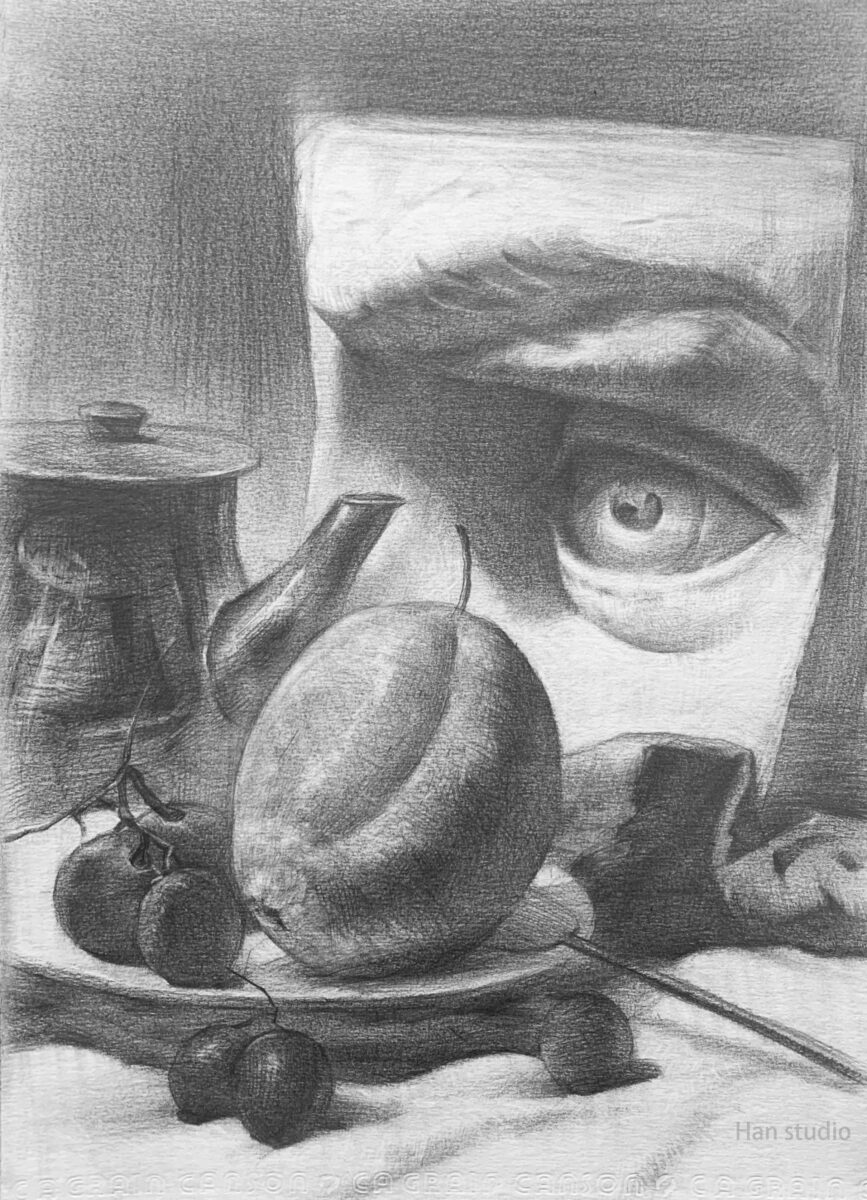
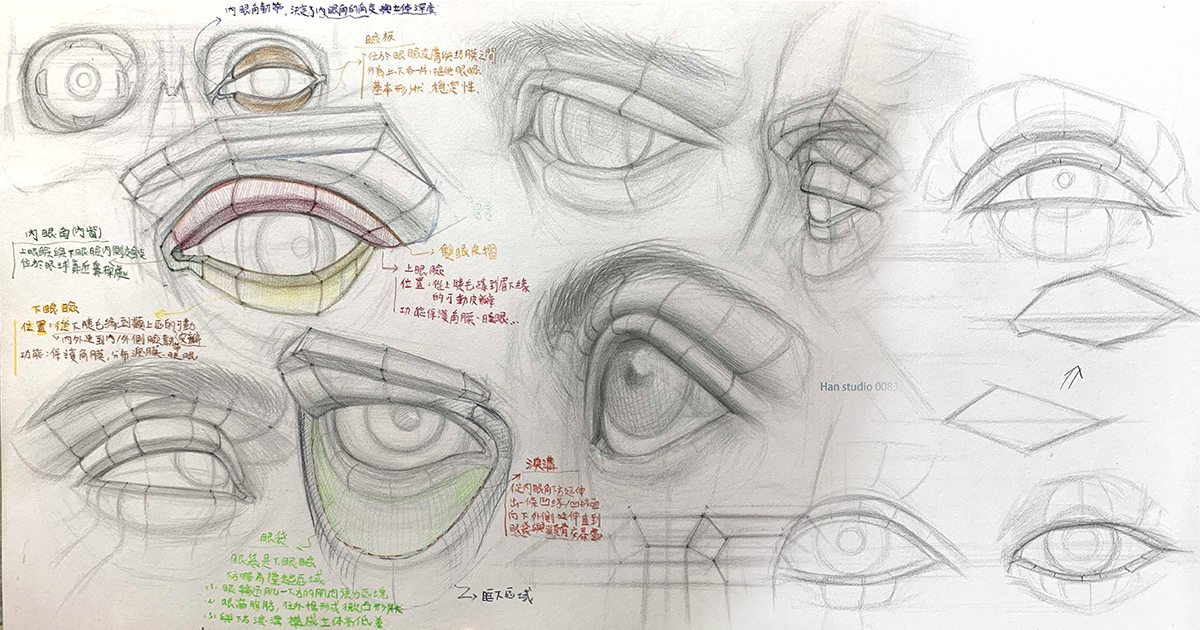
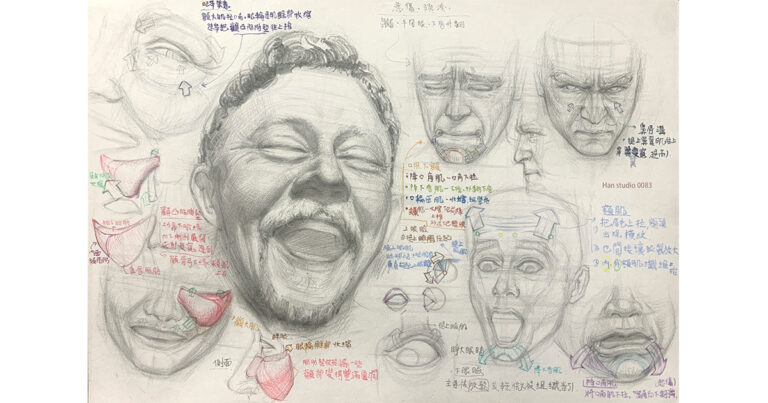
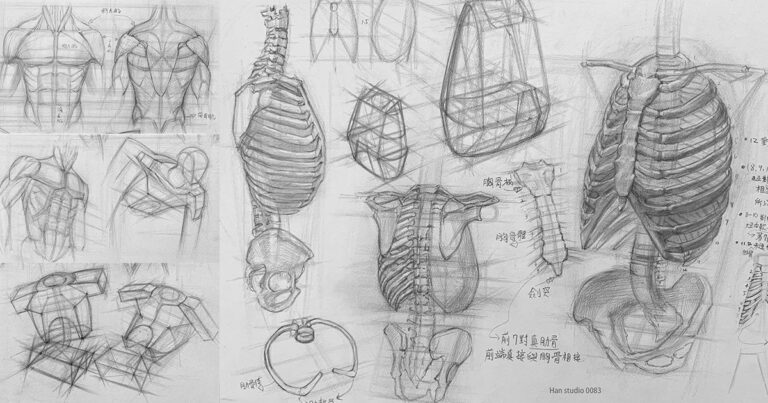
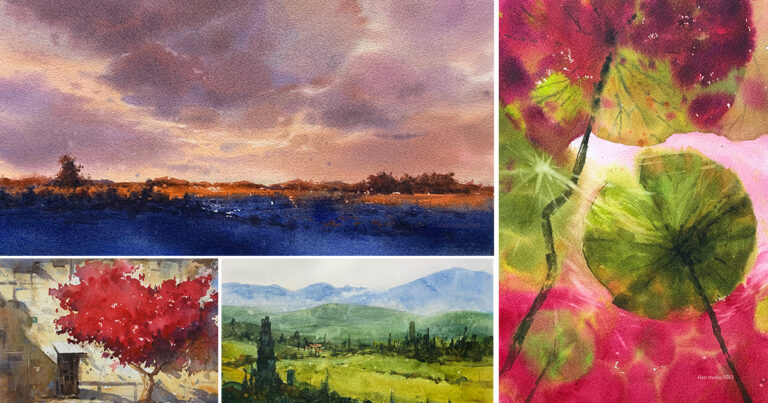
Leave a Reply